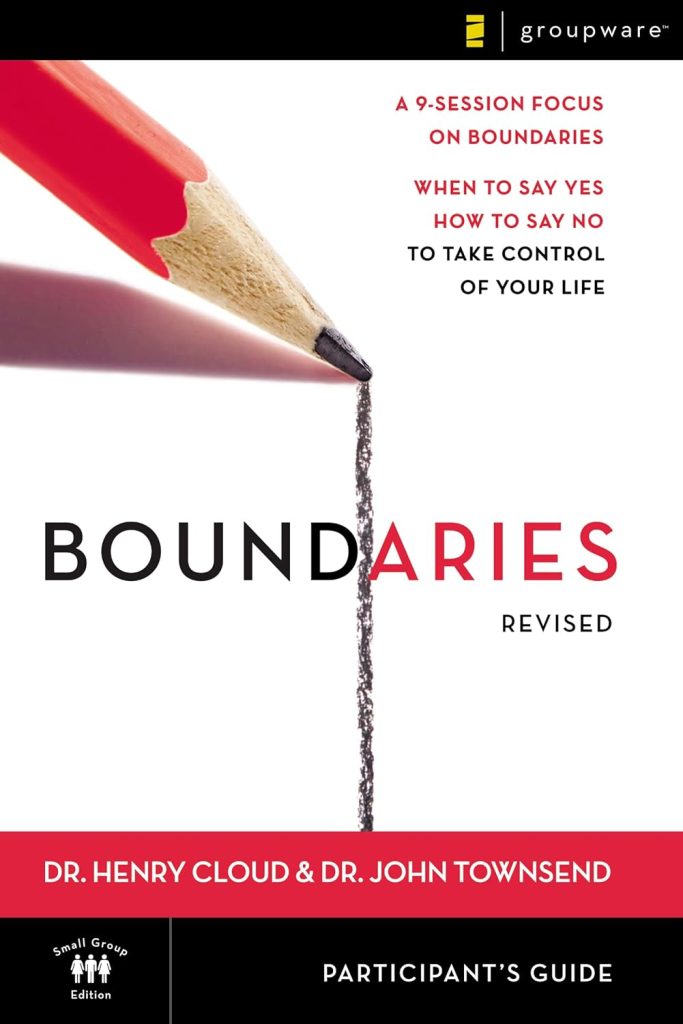When to Say Yes, How to Say No To Take Control of Your Life
In a world where demands on our time and energy are endless, learning the art of setting boundaries is more crucial than ever. Boundaries are the invisible lines we draw to protect our well-being, signify our limits, and define how we want to be treated by others. They are essential for maintaining balance, respect in relationships, and, ultimately, for taking control of our lives. Understanding when to say “yes” and how to say “no” is pivotal in this process. This article explores the significance of boundaries and offers guidance on navigating these decisions, empowering you to live a more balanced and fulfilling life.
The Importance of Boundaries
Boundaries serve as a personal declaration of independence; they are about understanding and asserting our needs, values, and capacities. Without clear boundaries, we risk becoming overextended, resentful, and losing our sense of self. This not only diminishes our effectiveness in various roles but also impacts our mental and physical health. Setting boundaries is not about selfishness; it’s about self-respect and self-care.
When to Say Yes
The power of saying “yes” lies not just in the acceptance of an offer or request but in the strategic and thoughtful affirmation of opportunities that enrich our lives. Here are deeper insights into when and why saying “yes” can be incredibly beneficial:
Aligning with Values
Our values are the compass that guides our decisions and actions. Saying “yes” to opportunities that resonate with our core beliefs and values reinforces our sense of purpose and direction in life. It might be a job that allows us to contribute positively to society, a volunteer opportunity that aligns with our passion for helping others, or an activity that embodies our commitment to health and wellness. When an opportunity aligns with these deep-seated values, it not only feels right but also brings a deeper satisfaction and meaning to our lives.
Promoting Growth
Growth often requires stepping out of our comfort zones and embracing challenges that stretch our capabilities and understanding. Saying “yes” to these opportunities, even when they seem daunting, can lead to significant personal and professional development. This might mean taking on a project that requires new skills, attending a networking event that feels a bit uncomfortable, or even relocating for a job that offers tremendous growth potential. The key is to evaluate opportunities not just by the immediate discomfort they may bring but by the long-term growth they promise.
Nurturing Relationships
Human connections are fundamental to our well-being. Saying “yes” to spending quality time with family and friends, participating in community activities, or simply being there for someone in need strengthens our bonds with those around us. These engagements enrich our lives, provide support during tough times, and create a network of meaningful relationships. Prioritizing these connections often means saying “yes” to a coffee date instead of another hour at work or attending a family gathering over a personal leisure activity.

How to Say No with Confidence and Compassion
Mastering the art of saying “no” is equally important as knowing when to say “yes.” Here are some strategies for doing so effectively:
Be Direct but Kind
A direct “no” is often the most respectful response. It prevents misunderstandings and sets clear boundaries. However, it’s crucial to communicate this refusal with kindness and empathy, acknowledging the request and the effort it took to ask.
Offer a Brief Explanation
While you are not obligated to provide a detailed reason for your refusal, a brief explanation can help the other party understand your perspective. This can be as simple as stating that you’re currently focusing on other priorities or that you don’t feel the right fit for what’s being asked.
Suggest Alternatives
When possible, offering an alternative can soften the impact of a refusal. If you can’t take on a task, maybe you know someone who can. If you can’t attend an event, suggest another time for a get-together. Alternatives show that, while you’re saying “no” to the specific request, you’re still engaged and willing to support in other ways.
The Power of Boundaries in Practice
Setting and respecting boundaries is a dynamic process that requires continuous attention and adjustment. It involves constant self-reflection, communication, and, at times, courage. Here are some practical tips for implementing boundaries in your life:
- Self-awareness: Regularly assess your limits, needs, and priorities. Knowing what you value and how much you can handle is the first step in setting effective boundaries.
- Communicate openly: Share your boundaries with others clearly and respectfully. Open communication builds understanding and respect in relationships.
- Practice self-care: Remember, saying “no” to others often means saying “yes” to yourself. Prioritize activities and commitments that nourish your well-being.


